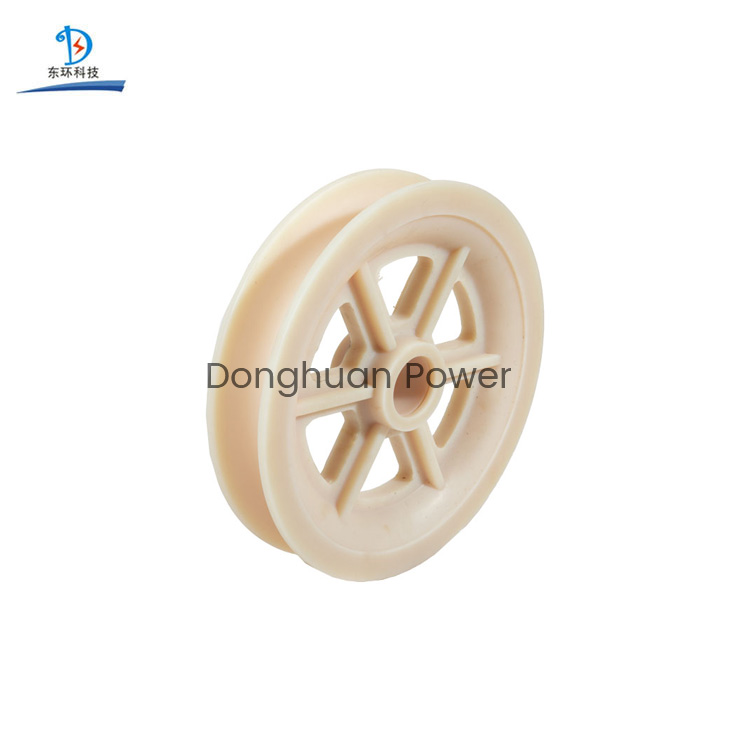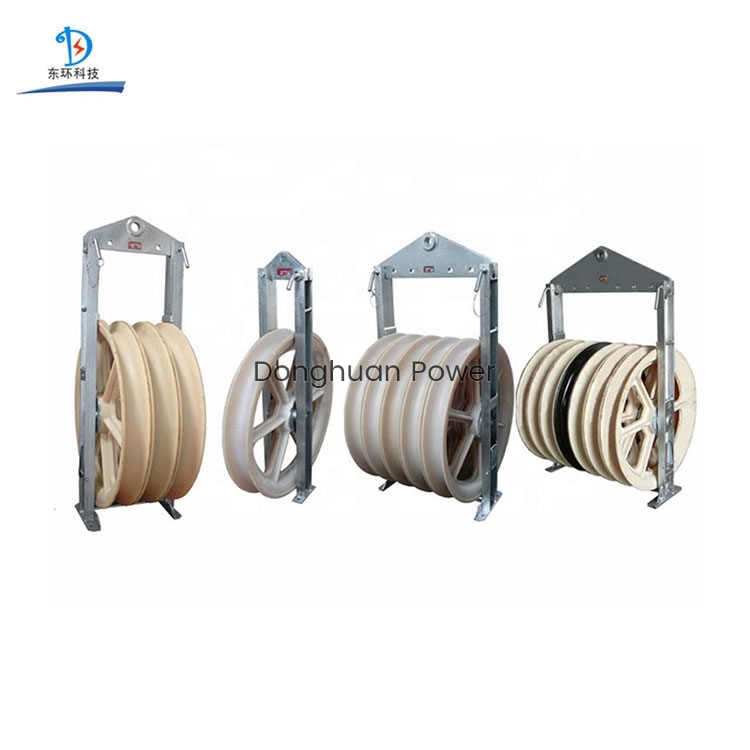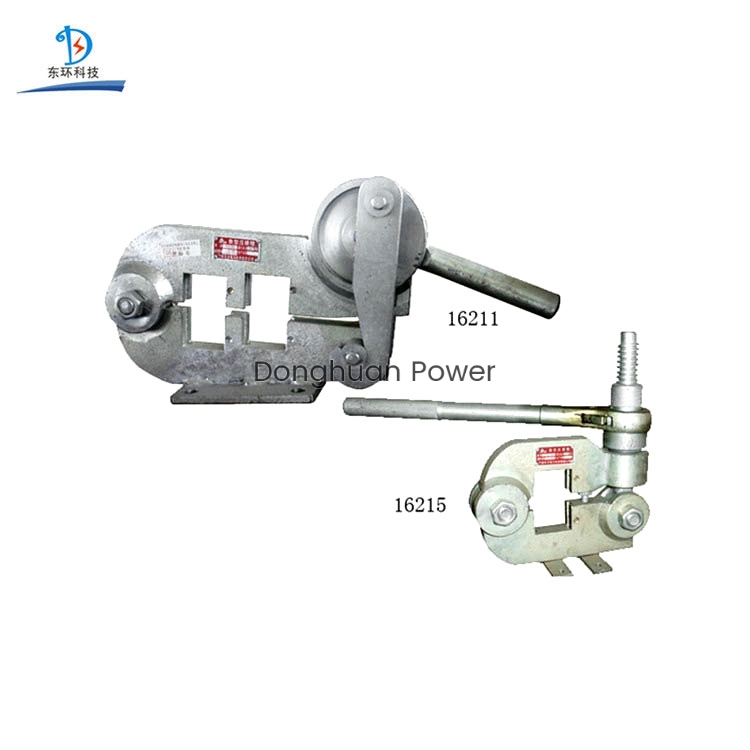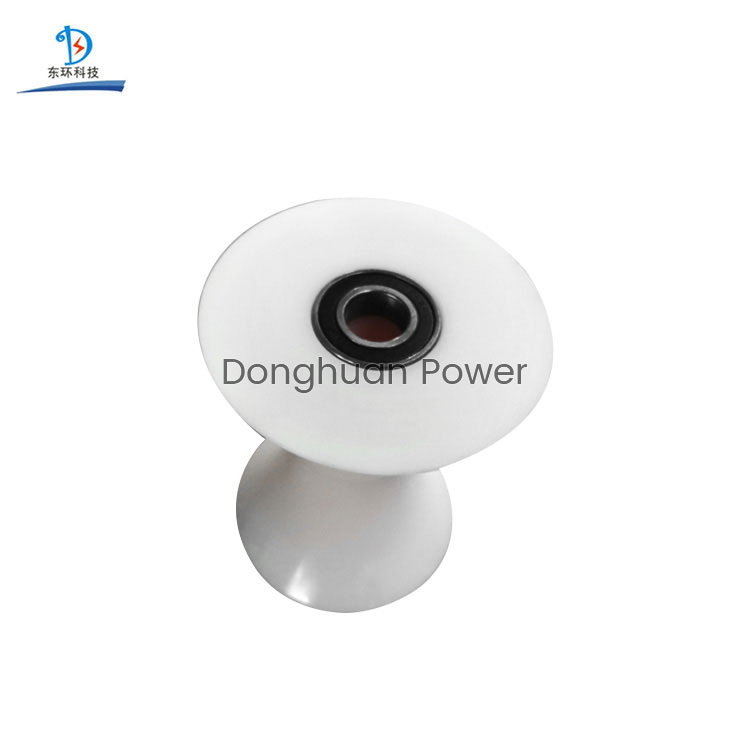1) Failure phenomenon The wire rope passing through the floating pulley block realizes the lifting and lowering operations of the main hook. Under normal working conditions, the wire ropes on both sides of the moving pulley block should be parallel to each other without interfering with each other; but when the wire ropes are "twisted", a "figure eight" or "twist shape" will appear between the wire ropes on both sides of the moving pulley block. Cross, as shown in Figure 3. When the lowering stroke of the main hook is longer, the kinking phenomenon will be more obvious. The "twisting" of the wire rope will not only increase wear and tear, but also increase the safety risk of hoisting operations.
2) Reason analysis The reason for this phenomenon is that after a new installation or new wire rope is used for a period of time, internal stress concentration occurs, which causes the wire rope to "twist".
3) Treatment method
When installing a new wire rope or changing a new wire rope, pay attention to choosing a wire rope with good kink resistance and matching the twist direction of the strand to the winch drum; use the correct rope threading process to ensure that torsion stress is avoided during the rope threading process stringing blocks import.
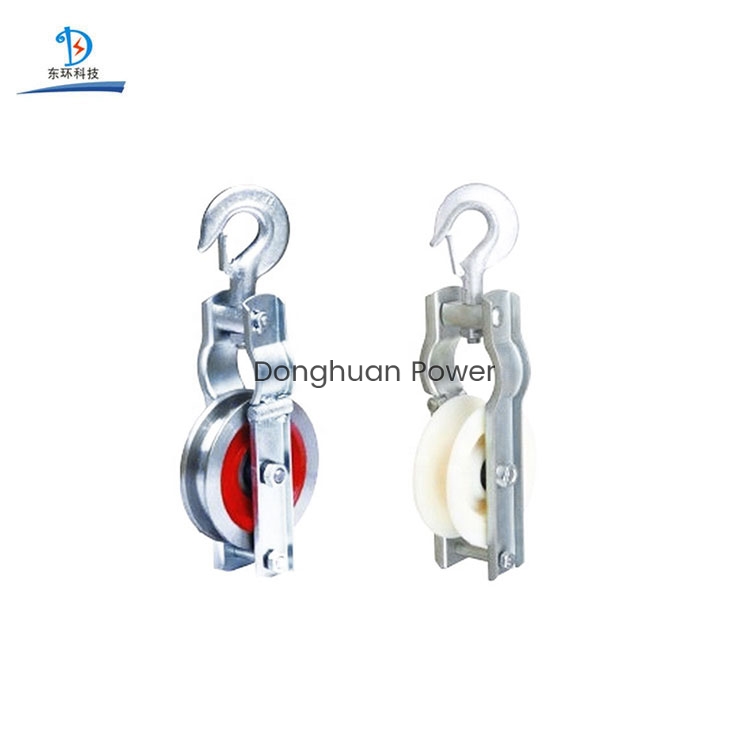
During the operation, when the wire rope is kinked, the hoisting task should be suspended, the boom is placed on the safety frame, and the main hook hook and the pulley block are lowered to the deck surface, and then the wire rope is gradually relaxed, and safety protection measures are taken. , By removing the wedge-shaped head end (the "dead rope" end) connected with the boom to release the internal stress of the wire rope, reinstall and fix the wedge-shaped head. Before working again, do a lifting test to confirm that the wire rope "twisting" problem is solved.

 English
English Spanish
Spanish +86-574-88852221
+86-574-88852221

